Last year, in the wake of watching Rush: Beyond The Lighted Stage—an excellent two-hour documentary detailing the history of Canada's premiere power trio—I was once again reminded of just how consistently great these guys have been for well over three decades now. Most of the artists who knocked me sideways in high school are either ancient history (Zeppelin, Floyd) or coasting off past glories (The Cure, Prince), yet Rush continue to thrive, turning out solid new releases and playing to packing amphitheaters without the slightest drop-off in their monstrous musicianship.

And after years of willful media ignorance (if not outright hostility), maybe society is finally ready to give the band its due. I Love You Man used Rush as an entire secondary plotline. In May 2010, Beyond The Lighted Stage won the audience award at the Tribeca Film Festival. Best of all, Steven Colbert trotted the band out for their first American television appearance in decades and, despite a few jokes, actually wound up treating them with outright reverence. Which only proves that, for men (and occasionally women) of a certain age, Rush will always be a rite of passage. Somewhere, in a suburban bedroom or band practice space, hordes of teenagers are still geeking out to Neil Peart's drum wizardry or Geddy's galloping Rickenbacker lines... and honestly, I can't think of a better musical legacy for any artist.
The brief summaries below were started last year, then abandoned... then re-assessed and re-written again in the last few days. Treat them as less a summation of all things Rush, and more a handy overview for those curious about the music or simply ready to move beyond the compilations (Retrospective I-III, Chronicles, and The Spirit Of Radio: Greatest Hits). As always, argue and enjoy...
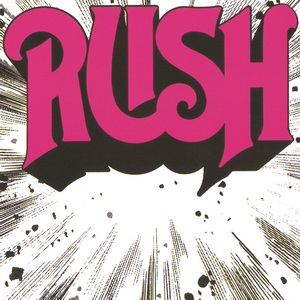
Rush (1974)

The red-headed stepchild of the discography, Rush is an inauspicious debut, with little hint of the future greatness to come. Geddy's banshee wail already stands out, but with no Peart to handle drum duties or lyrics—the late John Rutsey covers the former, Lee and Lifeson split the latter—most of the material comes off as woefully generic, the words to early single "In The Mood" in particular now reading like a bad parody of '70s boogie-rock. "Working Man," a live staple to this day, remains thrillingly epic, but the rest is easily skippable.

Fly By Night (1975)

A huge artistic leap forward, Fly By Night is best remembered for the timeless title track and "Anthem," a Peart-penned ode to Ayn Rand and a pivotal song in Rush history. (Witness the band's own label, Anthem Records.) With producer Terry Brown on board for the first of seven studio albums, the trio begins to lock down its signature sound: instrumental precision fused to distinctly non-rock subject matter, best exemplified by the four-part, eight-and-a-half-minute "By-Tor And The Snow Dog." The album loses steam towards the end, but the building blocks were in place, and Rush were about to produce their first classic...
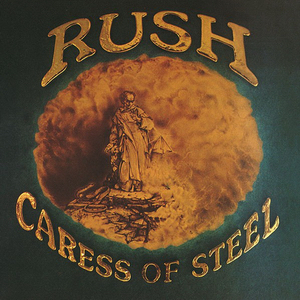
Caress Of Steel (1975)

...But not quite yet. Caress Of Steel marks the moment when the band's reach exceeds their grasp, resulting in a record of big ideas marred by half-baked execution. The label almost dropped them, the live trek became known as the "Down The Tubes Tour," and 35 years on, it still takes an iron will to make it through all twenty minutes of "The Fountain Of Lamneth." Only "Bastille Day" and "Lakeside Park" stand out, compact gems on an otherwise bloated album, and the casual fan would be better served grabbing both via compilations instead.
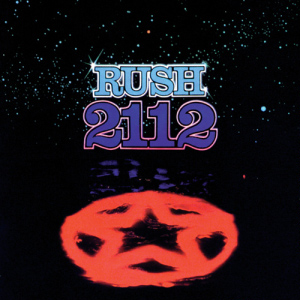
2112 (1976)

The breakthrough. Against all odds, 2112 mines the same territory as Caress but this time everything works; the side-long title suite, a sci-fi version of the band's own battle for artistic freedom, is easily the defining moment of Rush's early career, with the opening movements ("Overture" and "The Temples Of Syrinx") making regular live appearances to this day. The rest of the album, while naturally overshadowed by the epic on Side One, kicks with a newfound passion, especially "A Passage To Bangkok" and "Something For Nothing." With 2112, Rush turned a corner, and the next five years would find them firing on all cylinders.
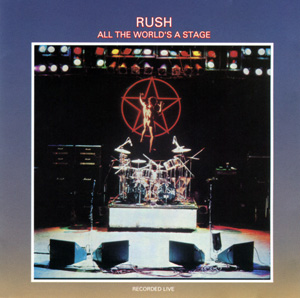
All The World's A Stage (1976)

A decent, if not incredibly essential, summation of the early era, with surprisingly strong focus on the first two albums at the expense of then-widely-popular 2112 (save "Something For Nothing" and an abbreviated take on the suite itself). Rush would produce many many more live discs over time, but this is still the first, and the rawest, which makes it a nice listen for fans of the formative years.

A Farewell To Kings (1977)

Now comfortable in their own skin, Rush continued to push the boundaries of songwriting with A Farewell To Kings: "Xanadu" stays remarkably linear over the course of eleven minutes, while at the opposite end of the spectrum, future anthem "Closer To The Heart" is simplicity itself. Both would actually blossom further in a live setting, but that's about the only real knock on an album that also includes lesser-known classics like the title track and the knotty, mind-blowing "Cygnus X-1." Along with 2112, this is the pinnacle of the trio's 1970s output.
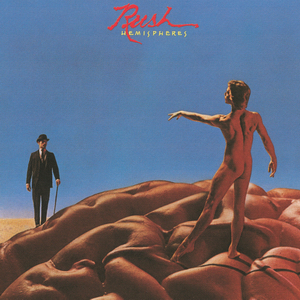
Hemispheres (1978)

What could've been another breakthrough turned out to be the end of the line, at least for the densely-layered prog-rock Rush had been pursuing over the course of four successive albums. The title track delivers more of everything—look! another side-long epic!—which makes it a favorite in certain circles; personally, I find the result more exhausting than exhilarating. No quibbles with the record's second half, though, a near-flawless hat trick that moves from the heavy rock of "Circumstances" to lyrical standout "The Trees" before closing with the 9:35 workout "La Villa Strangiato," the latter finding Peart, Lee, and especially Lifeson locking together with near-telepathic clarity. Still the finest of the trio's many instrumentals (sorry, "YYZ"), "La Villa" ends Rush's first decade on an incredibly high note, perhaps to foreshadow the next record to come...

No comments:
Post a Comment